When it comes to healthcare, having proper security and a reliable IT service is critical.
Hackers are always trying to access healthcare records because EMR systems (Electronic Medical Records) hold a gold mine of information.
These records and systems are essential for hospital networks to correctly track and analyze a patient’s medical information, especially during emergencies.
At Straight Edge Technology, we understand that in order to keep client records secure, organized, and backed up correctly, you need dependable healthcare IT.
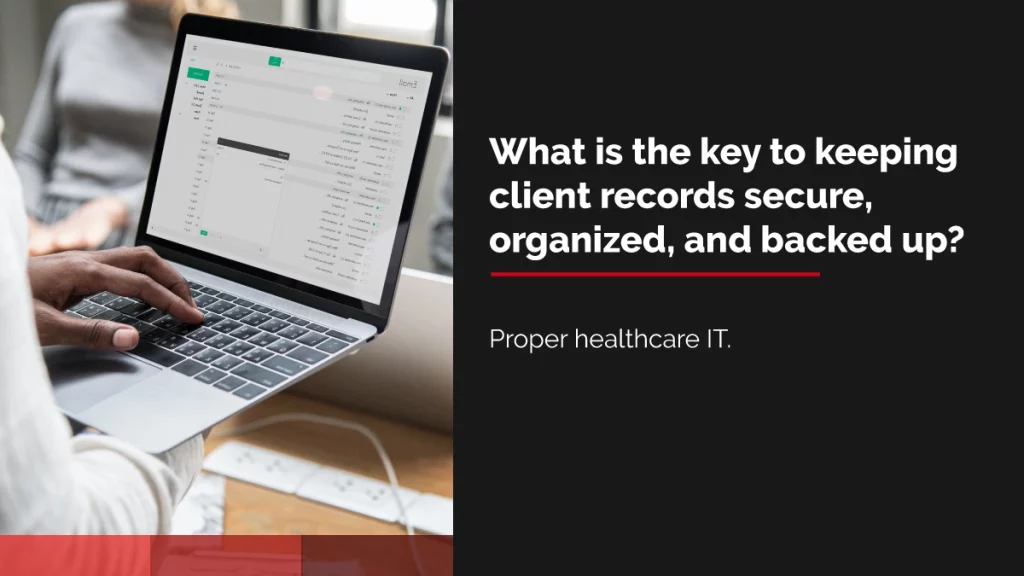
Many healthcare providers are concerned about the security and efficiency of their healthcare IT, but sadly many don’t know the extent of the cyberthreats.
While security is an ever-present concern, recent studies revealed that human error was the leading cause of most physical healthcare incidents in recent years. This included incorrect prescriptions, wrong dosages administered, etc.
This raises another question: Why isn’t healthcare IT doing a better job in reducing human error?
In this article, we are going to take an extensive view of the proper role of IT in healthcare.
We start by looking at the good and bad of healthcare IT, as well as where it can be improved. We end by giving five examples of recent data breaches in healthcare systems.
While healthcare is not always the most enjoyable topic to discuss, it is a necessary discussion to have. So let’s get started!
Why Is Healthcare IT Important?
Healthcare IT is often viewed in a negative light, usually because of the sensitive nature of healthcare.
Similar to a data breach at a large bank, a single healthcare data breach results in sensitive patient information being released.
This is only one of the reasons healthcare IT is important—what are the other reasons?
Here are seven reasons why hospitals and healthcare systems need reliable IT service:
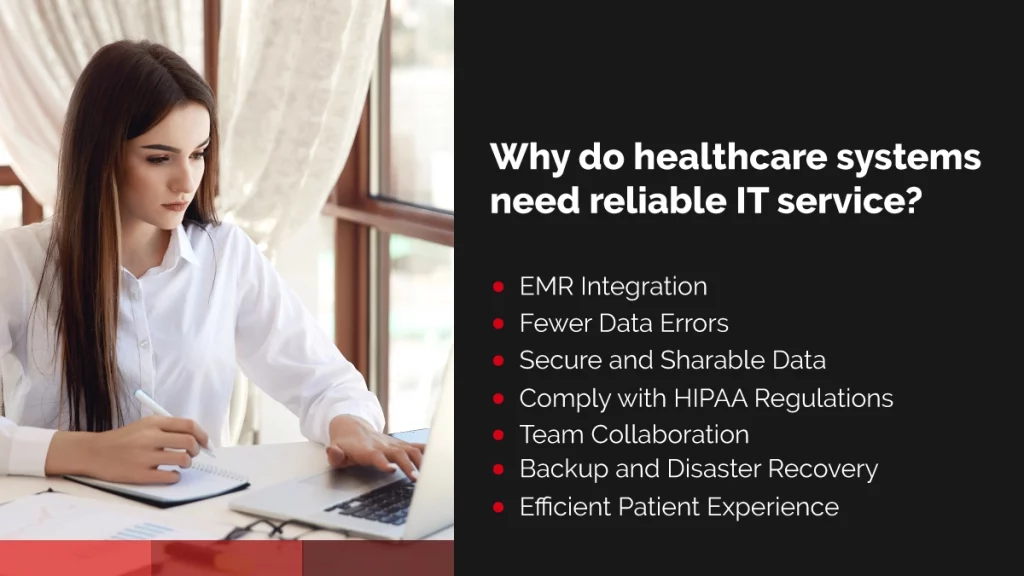
EMR Integration
EMR systems are the backbone of any healthcare facility. Accurately recording patient information, medical records, and care is critical for patient health and overall efficiency.
IT is an essential part of EMR systems working properly, especially among healthcare systems with multiple locations and large facilities.
Fewer Data Errors
Although in recent years human error has been the leading cause of healthcare incidents, having good IT helps immensely.
IT documents patient care, logs medicines and equipment used, and provides accurate patient EMR’s. Keeping this data accurate and secure continues to help decrease errors.
Secure and Shareable Data
Because many healthcare systems have multiple locations and facilities, it is critical for EMR systems to be secure and shareable.
Healthcare systems are a big target for hackers because of their abundance of personal information, and healthcare IT is continually getting better at keeping patient records secure.
Comply with HIPAA Regulations
The government is well aware of the importance of having secure IT, and laws and regulations are continually being updated and changed.
Having a dedicated IT service ensures you stay up-to-date in requirements and compliance.
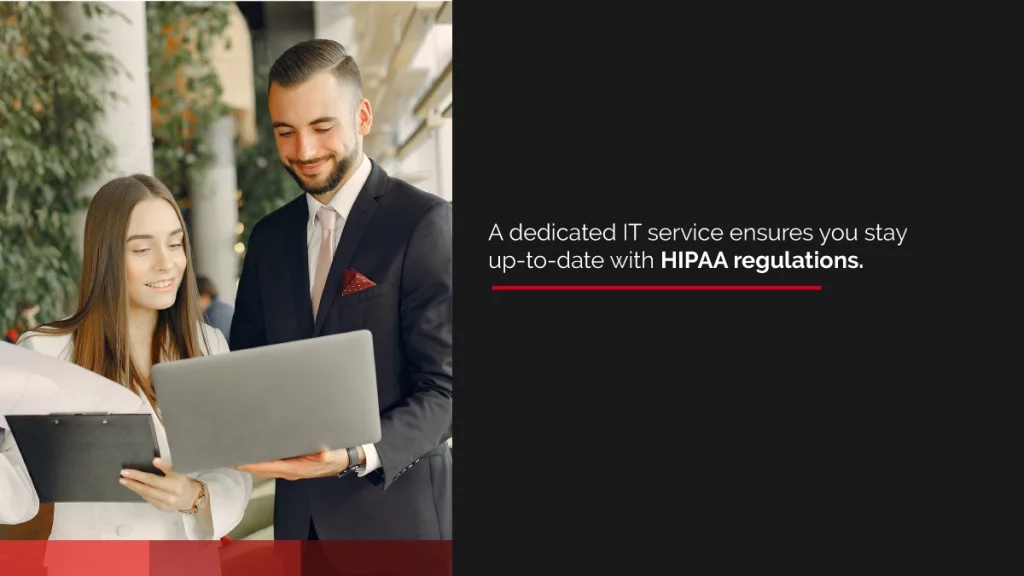
Team Collaboration
Having healthcare systems and EMR integrated properly is the key to a functioning team in healthcare.
It is difficult to have other team members and physicians provide insight into a problem if the infrastructure isn’t present to easily share and review data.
This becomes an even bigger issue with doctors and hospitals networking worldwide.
Backup and Disaster Recovery
Imagine a hospital losing the patient records of thousands of patients due to a glitch in their system, only to discover their IT department didn’t have a proper backup.
We shudder just thinking about this possibility, don’t we?
Having proper IT services not only helps prevent the initial glitch from happening, but it also ensures that there are proper backups so data can be quickly restored.
Efficient Patient Experience
Healthcare providers have thousands of patients coming through their doors every day for checkups, minor surgeries, medications, and much more.
Without proper IT, checking patients in and out of a healthcare facility becomes a nightmare.
Clumsy or inefficient patient and EMR systems not only make the staff irritable, but they also make a poor and ineffective customer experience.
P.S. If you’re interested in learning more about healthcare technology, read our related blog post on how healthcare technology has changed recently.
Do You Need Outsourced IT Services So You Can Focus On What Matters?
How Can IT In EMR Systems Improve?
Like any industry, there is a lot of room for improvement in healthcare IT. Government regulations are continually requiring better IT, but it is impossible to fix all the healthcare IT issues through regulation alone.
Here are three ways IT companies are continually working to make IT better in healthcare:
Better Exchange of Information
It is challenging to design a healthcare interface that works well for all the different departments in a healthcare system.
On one end are the doctors and nurses, and on the other end are the clerical staff responsible for billing, notifications, checking patients in and out, etc.
Having all these different job descriptions work together well on the IT side of things is difficult. While progress has been made, there is still room for improved exchanging information for the many people accessing the data.
The better medical staff and systems communicate with each other and the patient data, the safer healthcare will be.
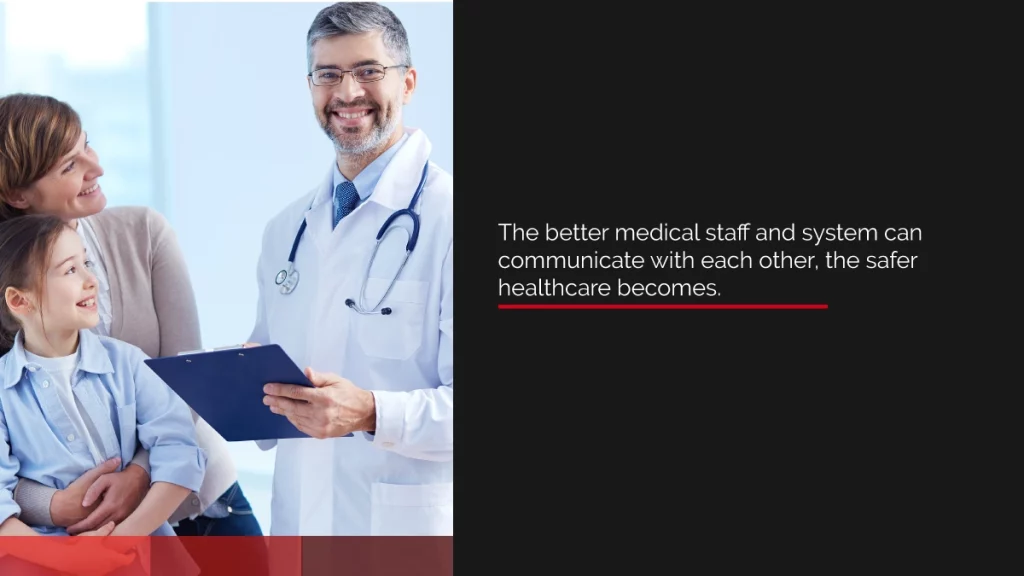
Easier Patient Access
People are constantly moving to different cities and places, and this movement requires different healthcare providers.
Someone can become injured on a trip, therefore being taken to the local hospital which has no records of the new patient.
Having better infrastructure for different hospitals and healthcare systems to communicate and share EMR’s quickly and safely is a critical area for improvement in our fast-paced world.
Better Security
There’s no getting around it—healthcare IT’s security needs to keep improving.
Yes, human error plays a part in IT and data breaches, but IT and security still have room for improvement.
As hackers become more sophisticated with their technology and tools, IT also needs to continue getting better at keeping EMR systems safe.
Government agencies, such as the HIPAA, are regularly updating federal regulations to ensure healthcare security is constantly improving.
Like we mentioned before, patient EMR’s are a storehouse of personal information, and hackers do everything possible to access this information.
Arguments Against IT In Healthcare
Even though IT plays an essential role in healthcare and has been improving, no one would disagree continuous improvements need to be made, and quickly!
Here are two examples showing how healthcare IT has work to do before being fully welcomed in the medical field.
First, some smaller hospitals are debating leaving their EMR systems and going back to a system of 3-ring binders, tablets, and pen & paper.
Why would they change?
The IT systems available require too much dependence on technology, resulting in frustration, a lack of critical knowledge, and dangerous mistakes that IT doesn’t always catch.
If the IT or EMR system crashes or is inaccurate, the argument goes, then how are doctors and nurses able to know there is a critical error in the recommended prescription or data?
There’s also a lot of time and energy lost on the administrative side of healthcare.
Even though the healthcare profession makes huge investments into IT, thousands of employees are still needed to maintain the data.
This includes time spent billing patients or insurance carriers, working through medical claims, managing data, and more.
Some argue these positions and processes are important for a healthcare facility to run properly. Others, however, argue that our IT systems are bloated and ineffective and that they increase the time and frustration of clerical work.
Again, no one would argue that healthcare IT is perfect!
However, it is critical for IT developers to continue working to make EMR services and healthcare IT more streamlined and efficient to save time, frustration, and ultimately, human lives.
Do You Need Outsourced IT Services So You Can Focus On What Matters?
5 Recent Breaches In Healthcare IT
Healthcare data systems are under constant attack, mostly because they hold millions of patient records with sensitive information.
After all, any time you go to the doctor or hospital, your information is entered into an EMR. This data collection is vital for an efficient healthcare system, but it makes a prime target for hackers.
Thankfully, having a reputable IT company to work with, will reduce many of today’s cybersecurity threats.
Here are a few recent data breaches in the healthcare industry. These examples serve as a warning for better IT in healthcare, and they also provide some valuable training for IT service companies and healthcare employees alike.
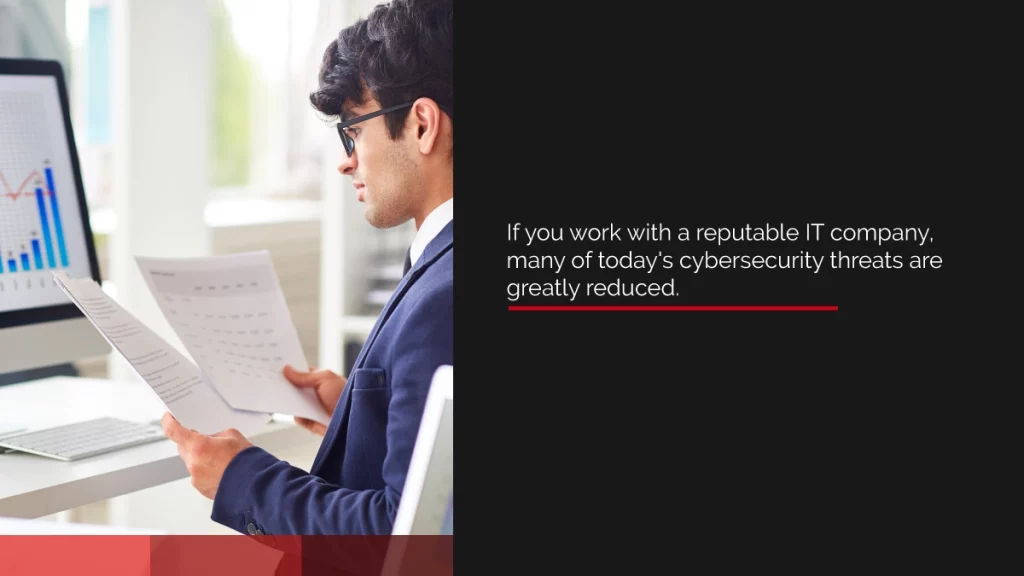
Hackers demand ransom after securing patient records in a data breach.
A Florida healthcare provider, Richard Davis, MD, received word from hackers who allegedly breached his patient data in the fall of 2019.
The hackers demanded a ransom from Richard Davis, threatening to exploit the patients or sell their data to third parties. Several patients also reported receiveing individual extortion attempts from the hackers.
An estimated 3500 patient records were at risk.
Richard Davis has installed new hard drives, firewalls, and other IT security measures, and hopes these new measures will prevent another attack.
An employee’s email is hacked and exposes data of 50,000 patients.
Alomere Health, based in Minnesota, reported that almost 50,000 of their patient records were potentially compromised after two employee email accounts were discovered to be hacked.
Although it is uncertain how much information the hackers had retrieved, the exposed accounts contained patient names, contact information, birth dates, and personal medical and health information and records.
Alomere Health has updated its IT services since the attack, and they have also implemented employee training on email attacks and other phishing scams.
Malware infects server in hospital’s radiology department.
The New Mexico hospital Roosevelt General Hospital discovered one of their digital imaging servers in their radiology department had been infected with malware.
When the attack was discovered, the hospital’s IT team promptly disconnected the server, removed the malware, and rebuilt the server. They also ran vulnerability scans on their servers.
While the attack was limited to the 500 patients on the server, the exposed patient information included Social Security numbers, birth dates, and even some driver’s license information.
15 Million patient records were stolen and retrieved in a malware attack.
The Canadian healthcare company LifeLabs paid cyber criminals to retrieve data affecting 15 million patients.
LifeLabs worked closely with “experts familiar with cyberattacks and negotiations with cybercriminals” during the process.
When the malware attack was discovered, LifeLabs contacted law enforcement and promptly brought in IT support to fix the security issue and data breach.
Ransomware attack targets Children’s Choice Pediatrics in Texas.
Children’s Choice Pediatrics, part of the Pedi Health system, discovered it was the target of a ransomware attack in October of 2019. The attack encrypted data stored on its network.
Children’s Choice has sent letters to potentially involved patients alerting them to the situation, and they also established a toll-free call center as a resource to concerned patients.
Upon learning of the attack, Children’s Choice immediately worked on securing their network. They also brought in outside IT services to help with their security and investigation of the attack.
Conclusion
Healthcare IT is not a simple matter.
On one hand, it plays an integral part in ensuring hospitals and healthcare facilities have quick access to vital information for their patients, especially in times of emergency.
But on the flip side, healthcare IT systems have a lot of room for improvement, especially in security. Because of the vast amount of personal and medical information stored in EMR systems, healthcare data is a prime target for cyberattacks.
If you are involved in healthcare, what should you do?
The most important thing is to work with a reputable and trustworthy IT service. Find an IT company that knows how to secure your data properly and interface efficiently with your EMR.
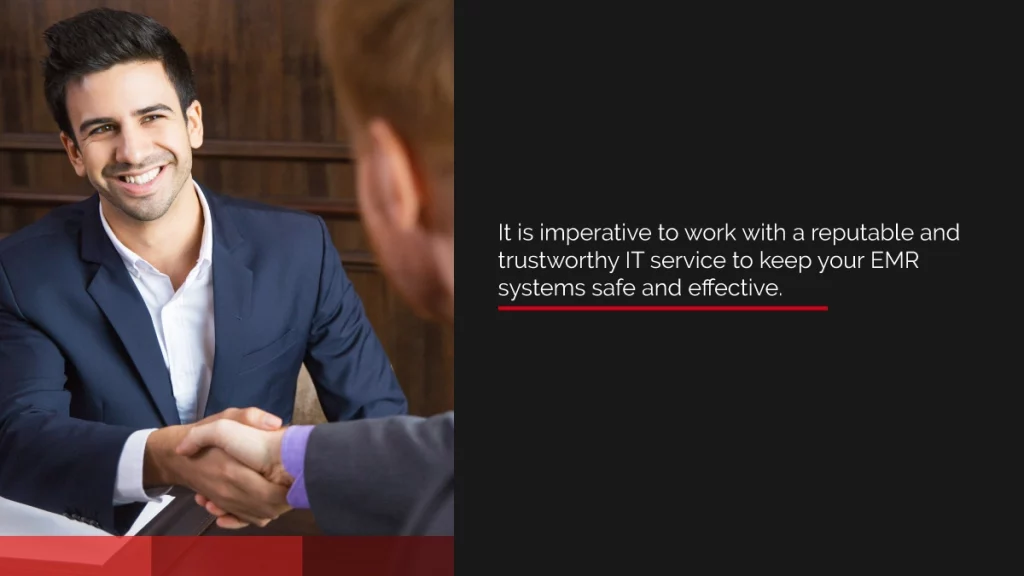
If you are looking for healthcare IT in San Antonio, then contact the team at Straight Edge Technology.
Providing IT services in San Antonio, Corpus Christi, and the surrounding areas, Straight Edge Technology works hard with healthcare providers to provide secure IT solutions for your data and your patients.
As a healthcare professional, Straight Edge Technology gives you peace of mind when it comes to your managed IT, data backup, firewall systems, and much more.
Contact our team today. We look forward to discussing your IT goals and working with you!
Do You Need Outsourced IT Services So You Can Focus On What Matters?
Read our recent blog posts on different IT services, challenges, and tips!

7 Ways Law Firms Can Benefit From 24/7 IT Monitoring
In the fast-paced world of law, where every second counts and sensitive client data must be protected at all costs, technology plays a pivotal role

Lunch and Learn: Hurricane Preparedness Form & Checklist
Straight Edge Technology recently hosted a Lunch and Learn where we explored crucial topics related to Hurricane Preparedness and Disaster Recovery. In our ongoing effort
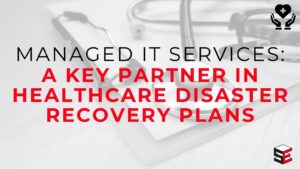
Managed IT Services: A Key Partner In Healthcare Disaster Recovery Plans
In today’s digital landscape, healthcare organizations face a unique set of challenges in maintaining the security and accessibility of their data. From patient records to

